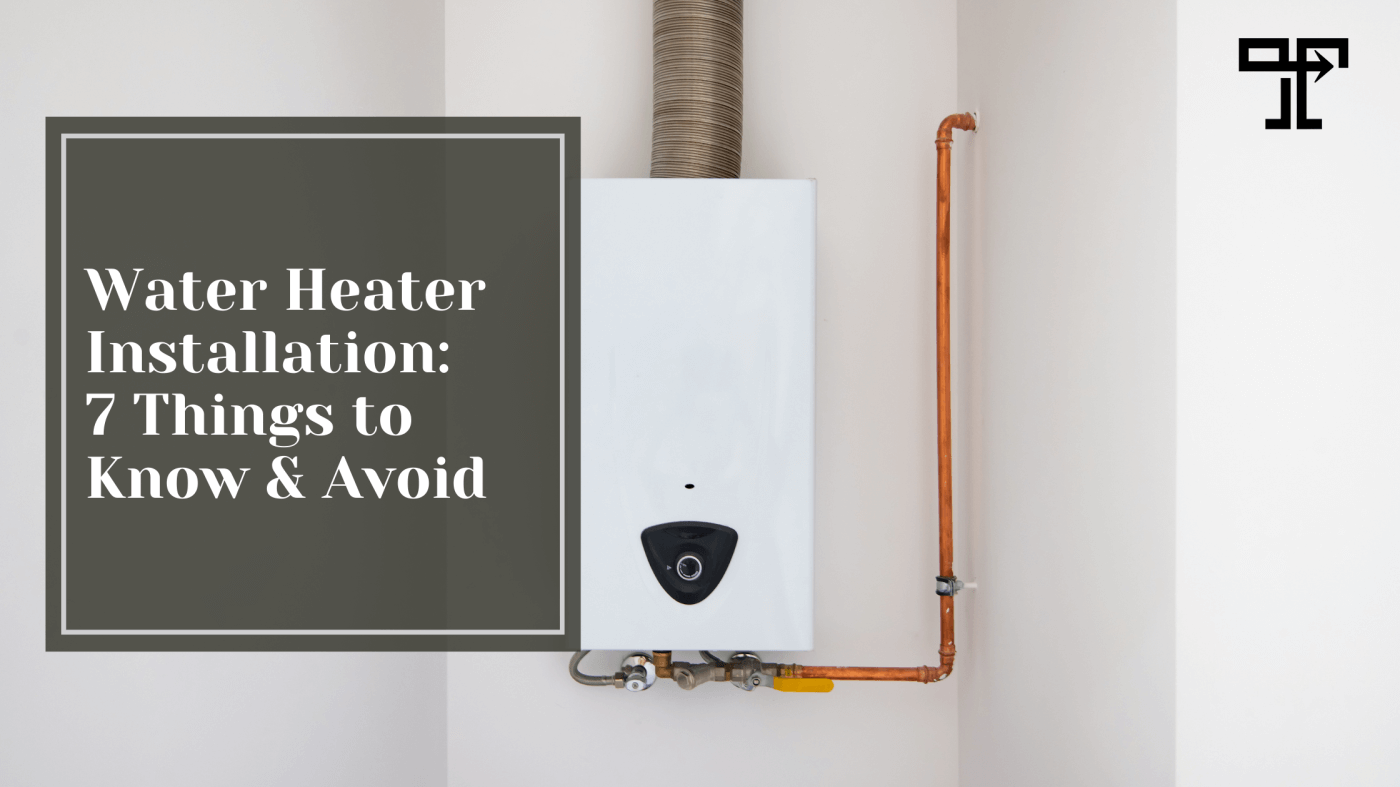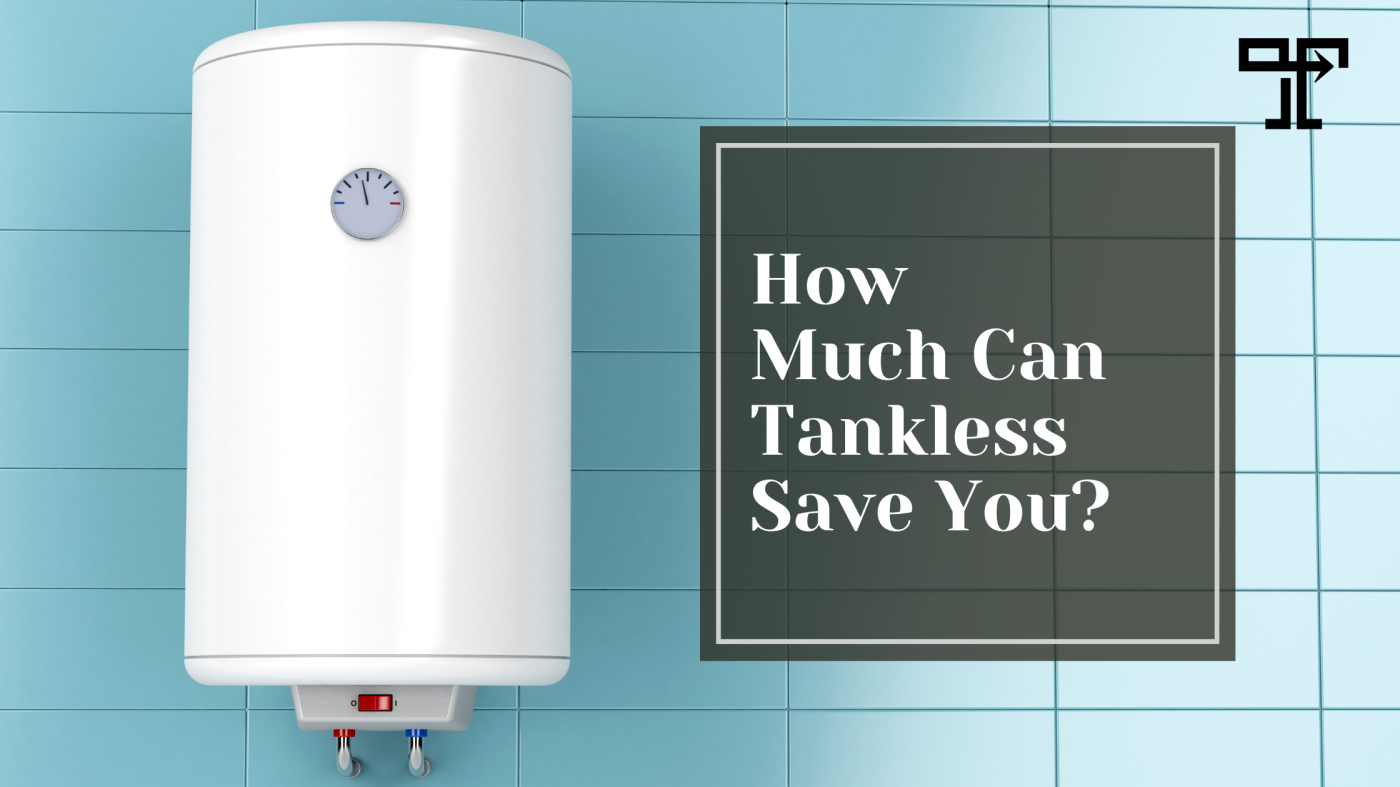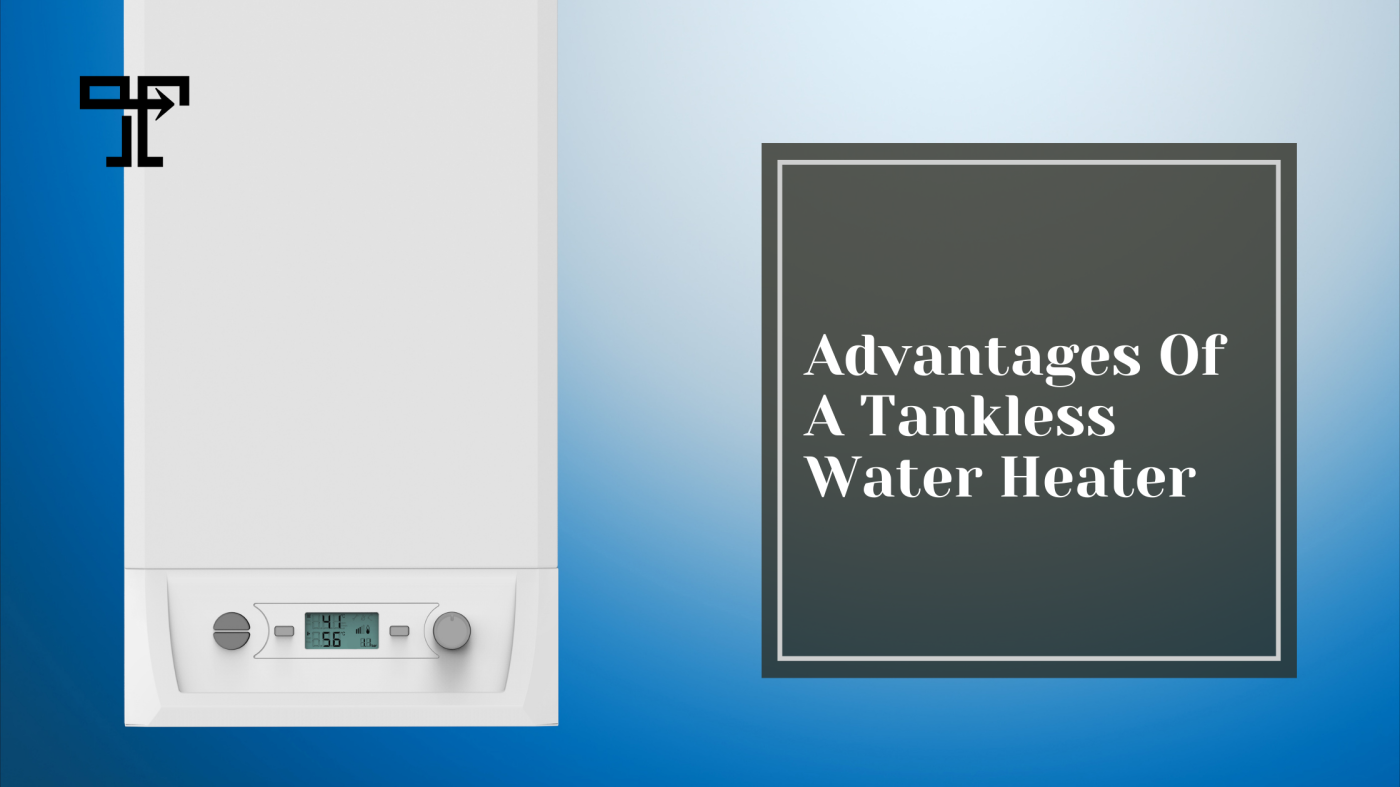Water heaters are one of those things – everyone’s got one, and you need a new one every so often. Water Heater Installation or Replacement is a great DIY project, even for those with little to no plumbing expertise. There’s not much to it, but like all plumbing, you’ll want to make sure everything is done right, or else you could deal with some major issues down the road. "Doing it yourself" can save you tons of money or set your wallet back big time. Here are the most important tips and common mistakes to avoid when installing water heaters to keep you leak and problem-free!
$1,525.61
The Rinnai HE+ Series 9.8 GPM Indoor Non-Condensing Tankless Water Heater is a powerful and efficient appliance designed to provide an endless hot water supply for your home. It runs on LP gas and has a maximum flow rate of… read moreRinnai HE+ Series 9.8 GPM Indoor Non-Condensing Tankless Water Heater, LP

Choosing your Water Heater Size
It all starts with picking the right heater. The most important thing to consider first is the size of the tank. If you undersize your heater, you won’t get enough hot water for all the necessary fixtures – possibly giving you some icy showers. If you oversize your heater, you lose major energy efficiency – costing you much more for the same hot water. A properly sized heater will provide you with all the hot water you need and give you the best possible savings on your monthly bill.
Choosing the Right Size Tankless Water Heater for Your Home
Residential units come in anywhere from 5 to 80-gallon tanks, with +80-gallon tanks typically reserved for commercial use or very large houses. If you’re replacing a heater, you can just swap it out with a same-sized unit. But if installing a new one, a good rule of thumb is to size your heater based on the number of people that will use it. An average home of two to three people usually takes about a 40 - 50 gallon tank.
Here’s a sizing guide to help figure out your gallons per person. It’s safer to edge on the side of too big versus too small – most people would rather pay a bit more to not run out of hot water!
Positioning Your Water Heater: Safety, Convenience, and Efficiency
Where you position your heater is a crucial part of the installation for safety, convenience, and efficiency. New water heater models often vary in size due to changes in insulation, meaning you can’t necessarily replace old units with new ones in the same place. Be sure to check the dimensions before installing, especially if in a tight space. Ventilation and plumbing may also be limiting factors – something to consider pre-installation.
Water Heater Installation: Be Aware of Local Codes and Regulations
Civil codes may restrict where exactly you can install a water heater, such as attics or closets. Failing to realize this could cause you to reinstall it later, so it’s best to check first. Local plumbers should be able to advise you on safe locations to install, so don’t hesitate to call them.
Installing a Drain Pan: Protect Your Home from Water Damage
Putting a drain pan under your water heater is a simple but important step. It collects any water leaking from the unit, saving your house from water damage. They’re metal or plastic and should be 2” or wider than the heater itself (around all sides). Drain pans are always recommended, especially if you have not installed a water heater before. Water heaters always have the potential for water damage since they always hold gallons. Forgetting to install the drain pain or using the wrong size opens you up to potential headaches in the future.
Properly Installing and Testing the Relief Valve
The relief valve is an essential safety feature that releases water from the tank if the internal pressure or temperature gets too high. It’s usually located about 6” from the floor on the side of the tank. Incorrectly installing the valve could cause the heater to rupture or even explode – a huge safety risk to you and your home. Safely threading a drain tube to the relief valve diverts the discharge away from the tank for added protection. If you are not confident about this step, don’t hesitate to call a licensed professional to help. It is much better to be safe than sorry.
How to Properly Connect Pipes and Fittings on Your Water Heater
Connecting pipes and fittings on your water heater properly are crucial to ensure water and gas leaks don’t occur. Poor connections are weak points that are likely to leak eventually, causing possible water or heater damage. Examples of this are using incompatible metals for the plumbing connections, causing them to corrode very quickly, or soldering too much or too close to the heater, which could cause plastics on the unit to melt. Using too much pipe tape or applying it counter-clockwise are also common mistakes. No more than two or three wraps are needed for the pipe threads. Ensure all your connections are tight and secure, and you shouldn’t have any concerns about them before running your heater.
Filling the Tank with Water Before Turning It On is Crucial
Neglecting to fill the tank with water and “dry firing” could burn out your heating element or cause your tank to crack. That would mean fixing or replacing it before you even have hot water – no fun. This is completely avoidable as long as you follow the safety precautions. Open a hot water tap in your home and let it run for a bit before firing up your new water heater. You want to ensure sufficient water is in there before you turn it on.
$6,330.00
TwinTemp Junior Natural Gas Tankless Water Heater One heating zone with up to six blowers. Whisper quiet operation and no diesel smell. On-Demand Hot Water & Hydronic Heat Designed specifically for RVs, Buses, Tiny Houses, Barns, and more Whisper-quiet operation… read moreTwinTemp Junior Natural Gas Tankless Water Heater

Don't Forget the Straps: Easy and Cheap Insurance Measure for your Tankless Hot Water Heater
Not necessarily considered essential, water heater straps are still a good insurance measure against anything that could cause your water heater to fall. They’re never a bad idea, especially in places that experience more frequent occurrences of things like earthquakes. It’s a relatively cheap addition, too, usually costing a small fraction of the cost of the heater, and very recommended for larger heaters.
Looking for a Plumber to Install your Water Heater?
Check out talkingtradesmen.com and use their forum to get recommendations from professional plumbers!
Table of Contents
- Choosing your Water Heater Size
- Positioning Your Water Heater: Safety, Convenience, and Efficiency
- Installing a Drain Pan: Protect Your Home from Water Damage
- Properly Installing and Testing the Relief Valve
- How to Properly Connect Pipes and Fittings on Your Water Heater
- Filling the Tank with Water Before Turning It On is Crucial
- Don't Forget the Straps: Easy and Cheap Insurance Measure for your Tankless Hot Water Heater
- Discover the Benefits of Tankless Hot Water Heaters for Your Home:
- Expert Assistance in Choosing the Perfect Tankless Hot Water Heater for Your Home




